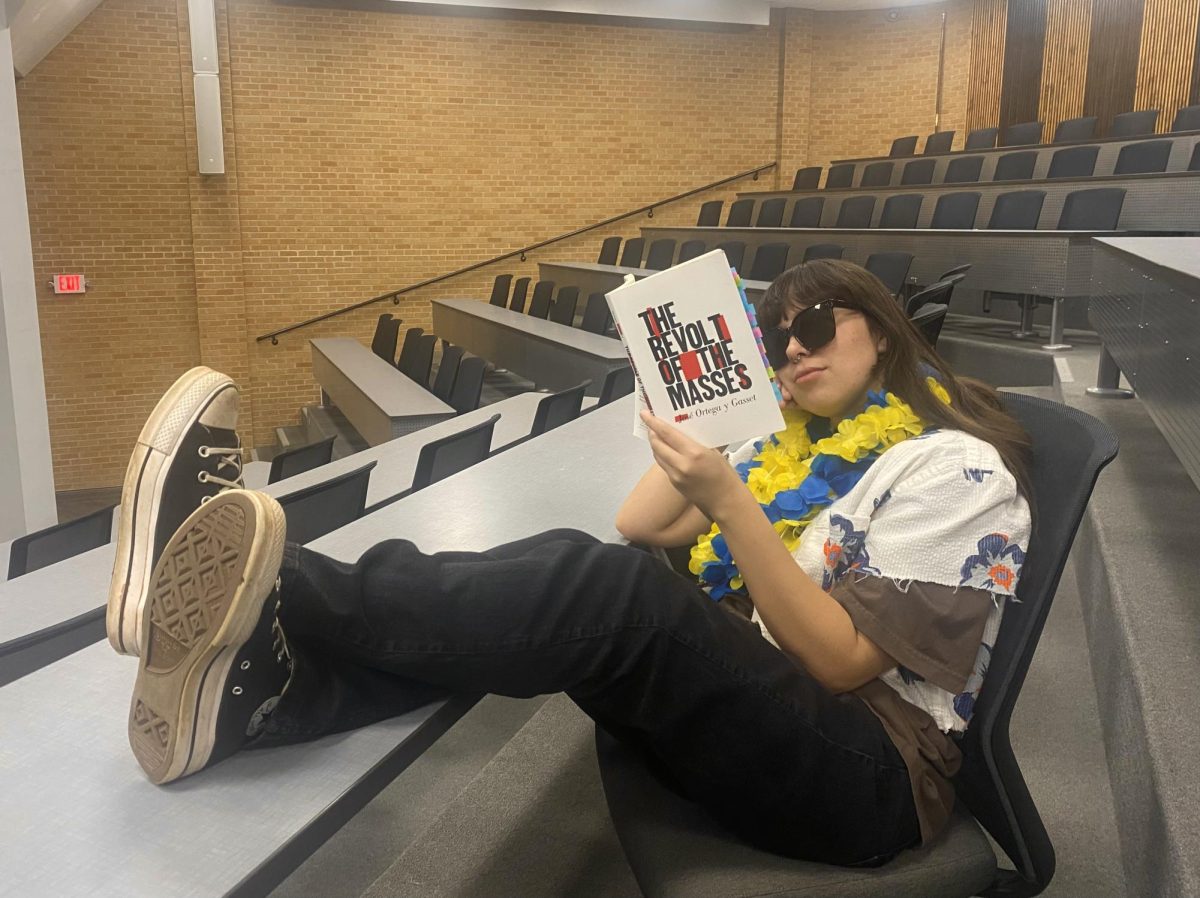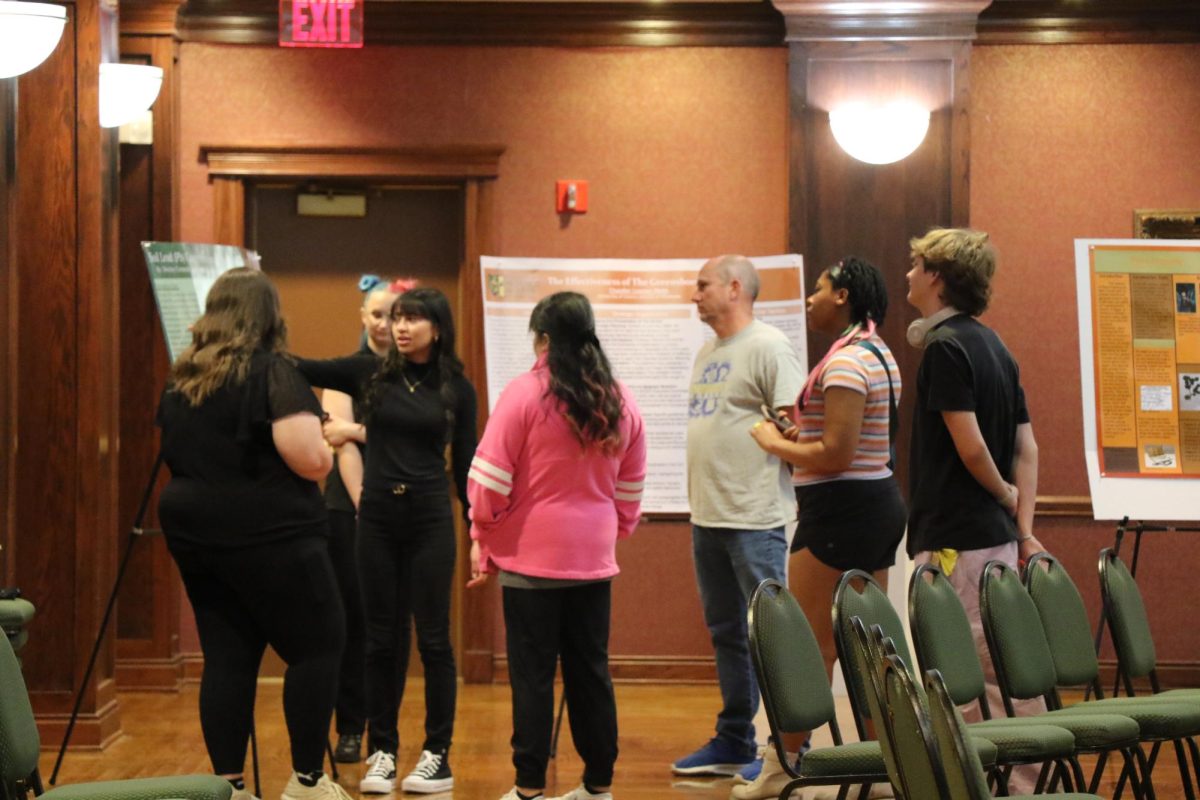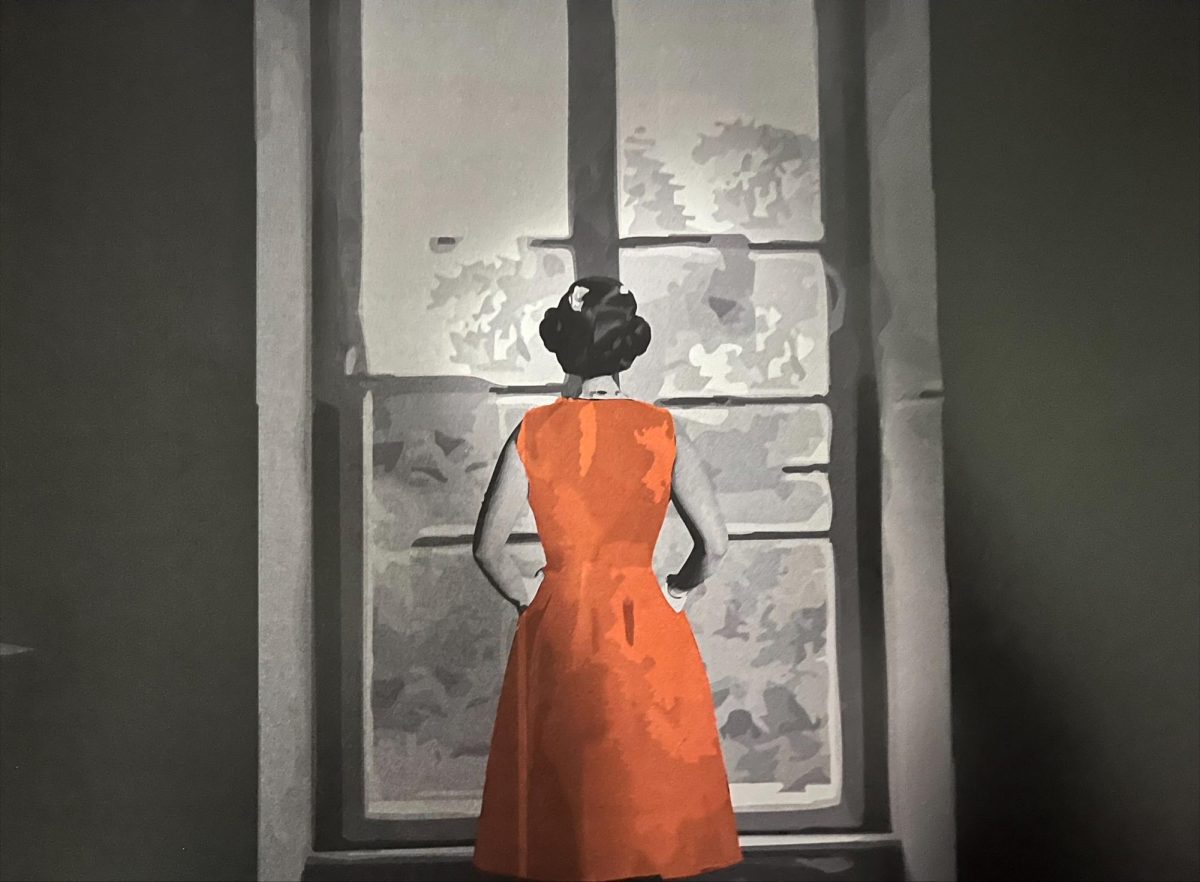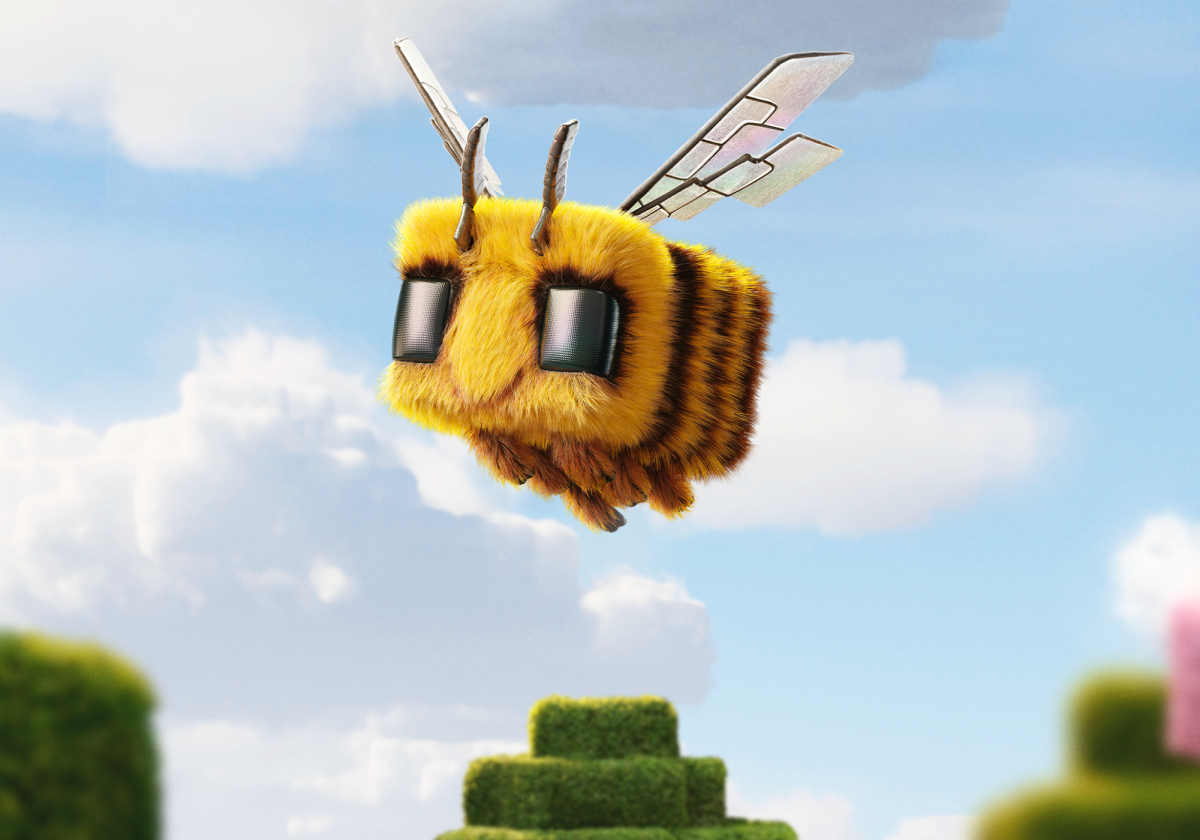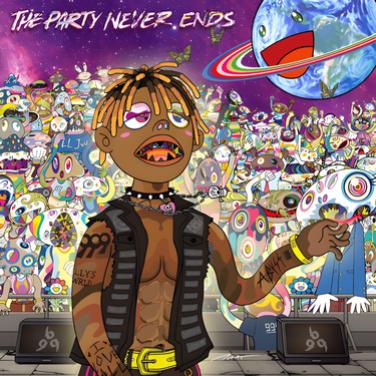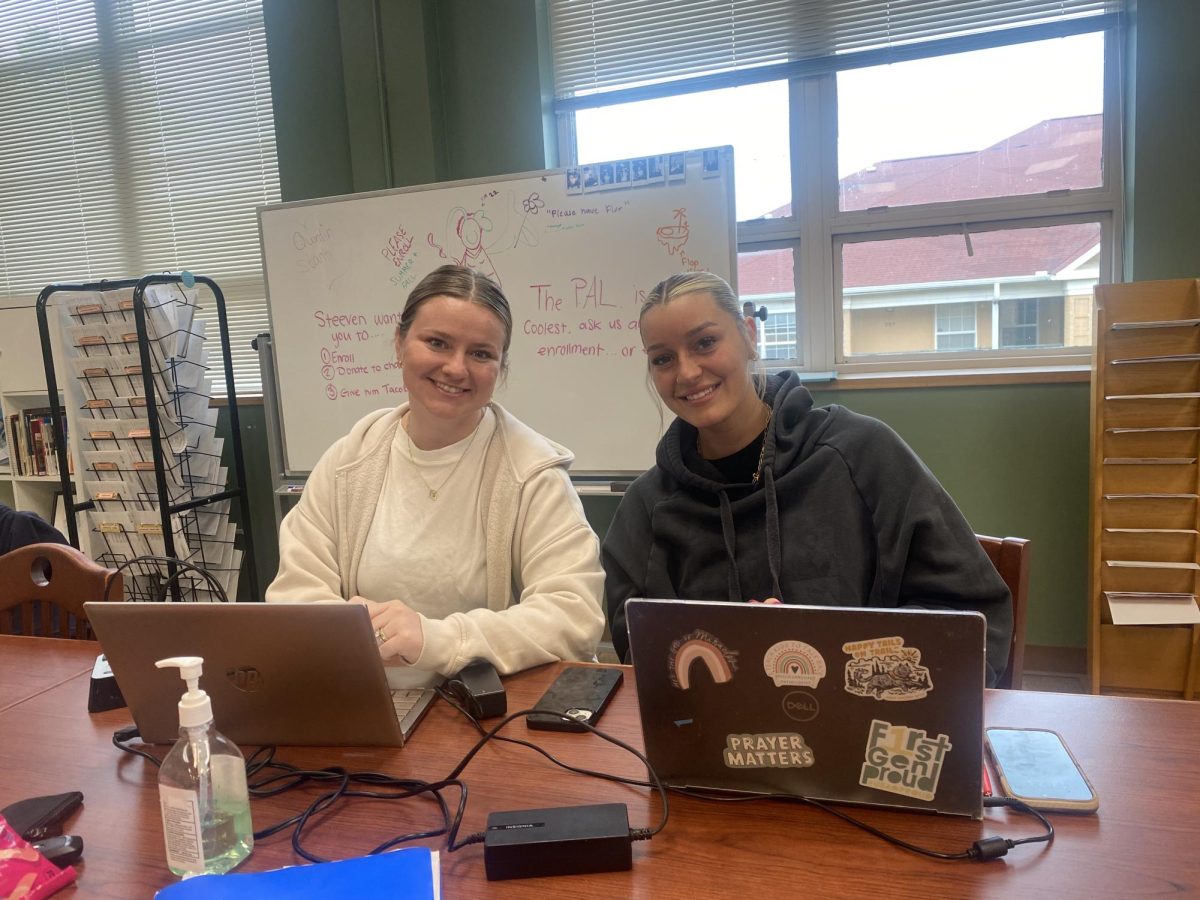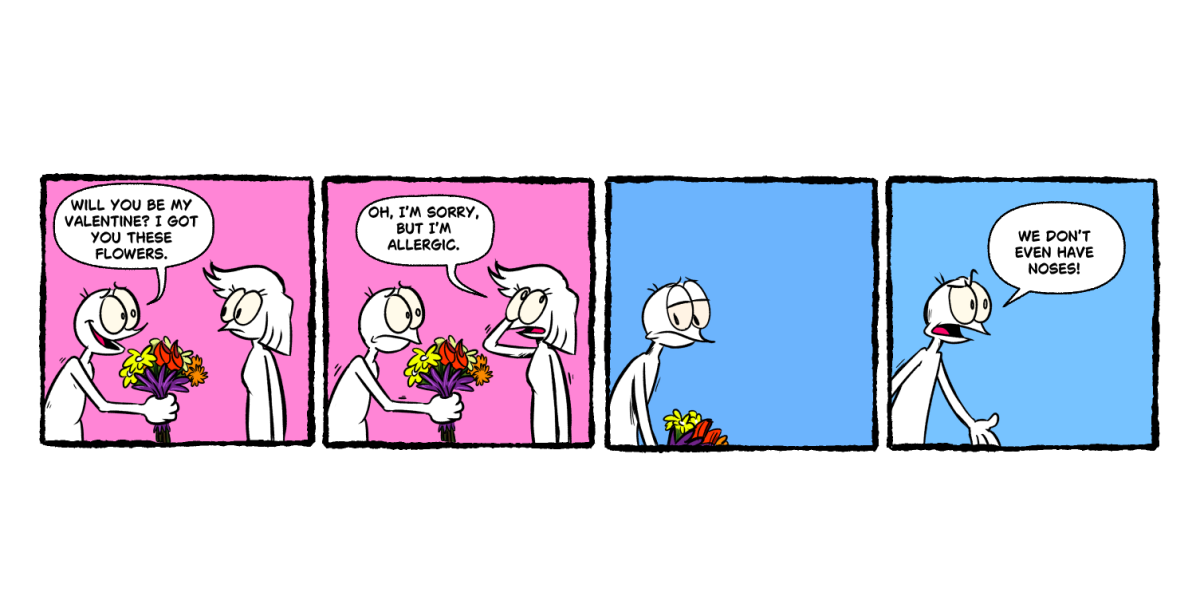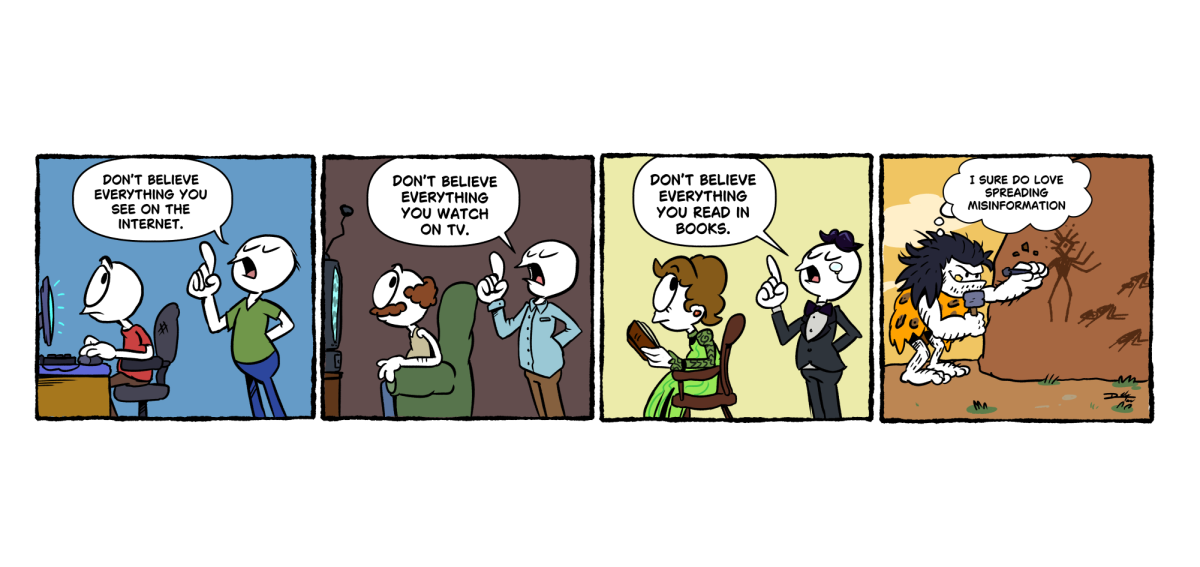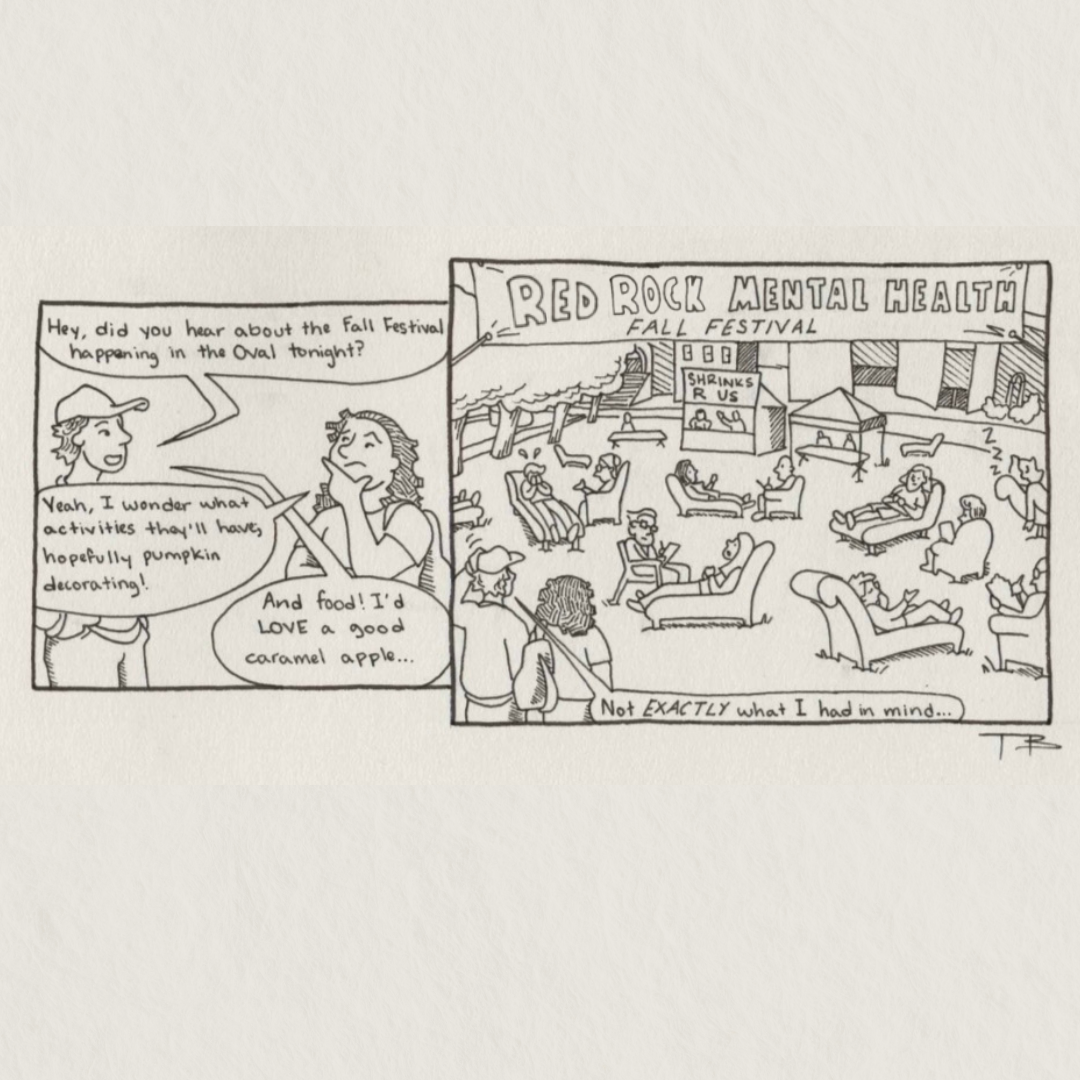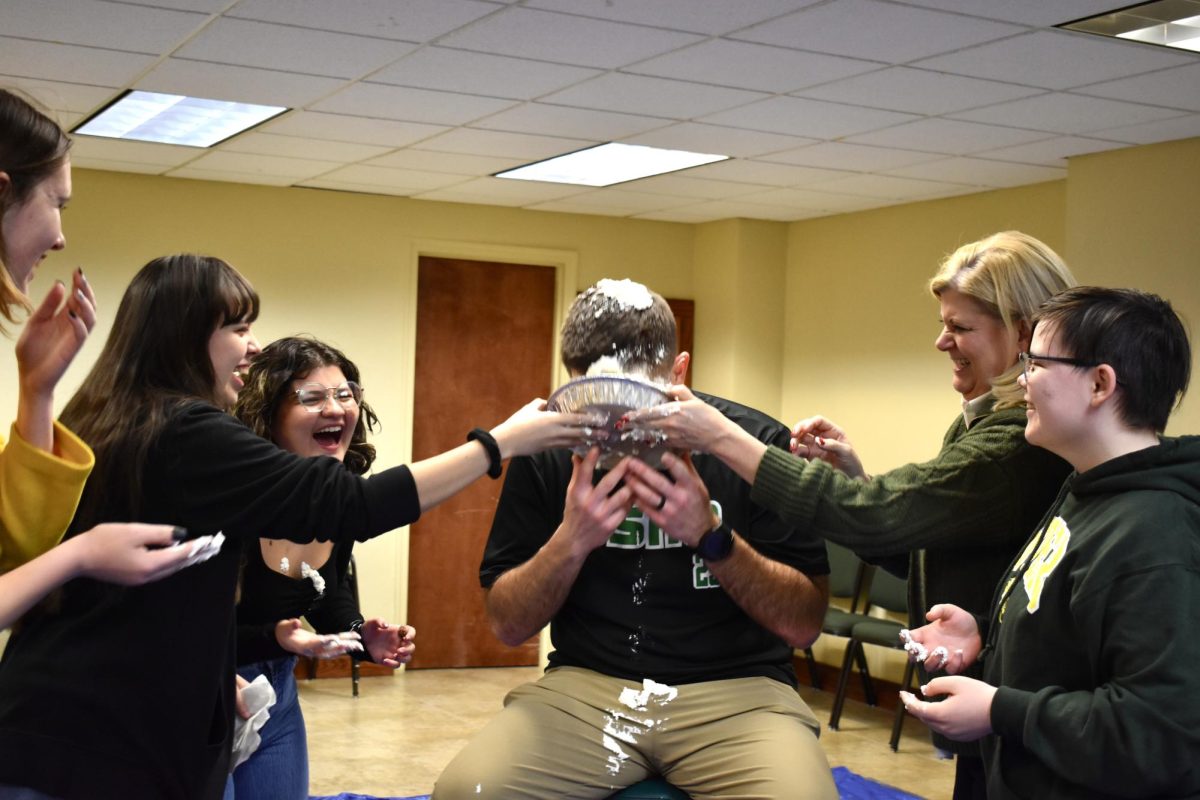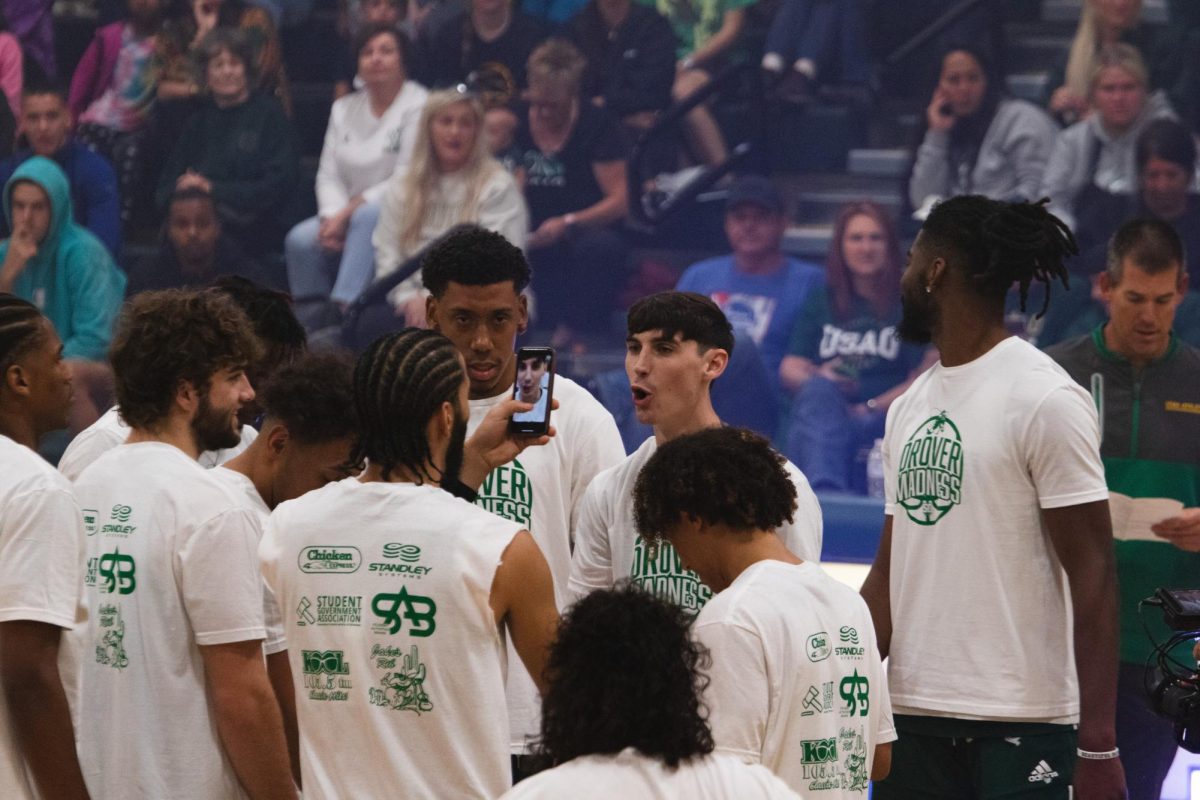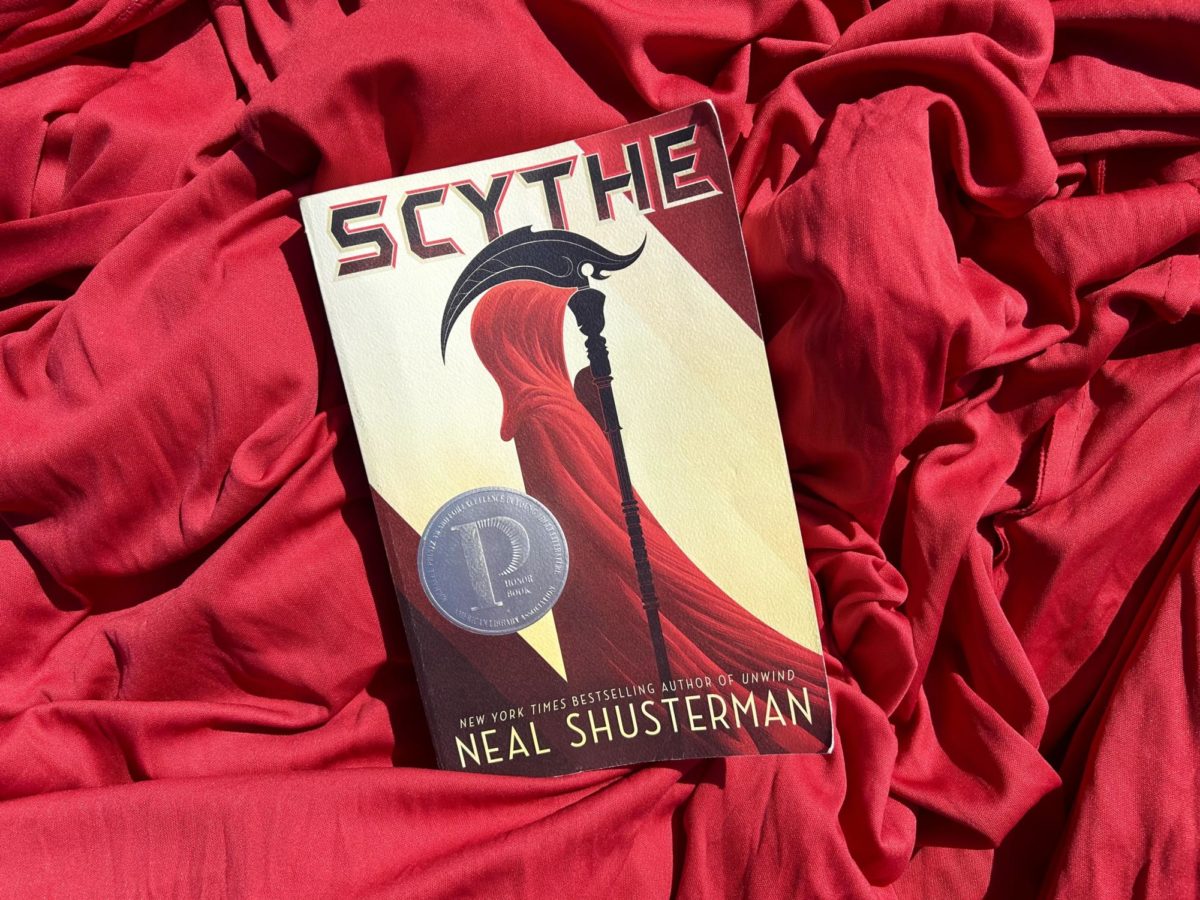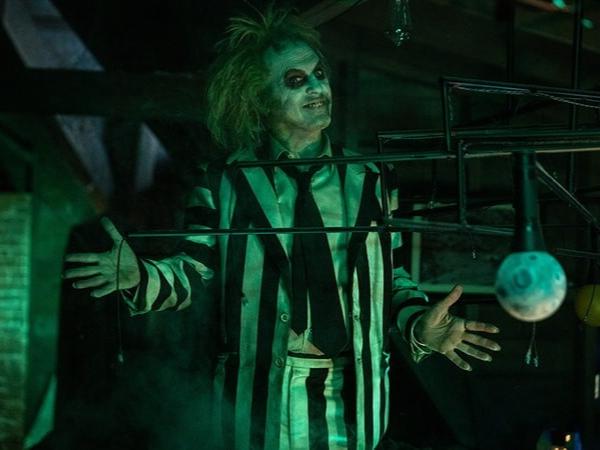Neal Shusterman is an author that has been on my radar for the last several years, mostly because of his ability to twist the world of humanity into something that makes his readers ask, “Could we ever really get to that point?”
This summer, after digging through my book case, I stumbled upon a book Shusterman wrote in 2016 called “Scythe.” I read this book many years ago, while I was still a young high schooler, and decided it was time to look back into the world Shusterman created almost a decade ago. “Scythe” is the first of a three-book series, but don’t worry, I won’t spoil the other two for you…yet.
In the first book, Shusterman organically sets up this world that is similar to ours yet so very different. In the year 2041, an AI body called the Thunderhead begins ruling humanity, who fell into a chaotic cycle of corruption and murder. By the time of our characters, the world has moved away from numbering years and instead mirrors the Chinese culture by naming each year with a specific animal.
At this point humanity has conquered hunger, disease, emotions, and war. Humanity is immortal; Death can no longer claim its victims naturally, which is why someone has to fill that role. A group of people become known as Scythes. They are in charge of who dies, when they die, and how. The catch? The Scythes are required to go out and kill members of humanity in order to curb overpopulation and stagnation in society. Each Scythe has a different thought process behind their selection, but they must not show bias is age, race, and gender. Additionally, Scythes only have to kill a certain number of people a year.
That’s a lot to take in, right? Imagine how Citra and Rowan feel, the two main characters who are thrown into the Scythe world unexpectedly. Citra and Rowan are taken under Scythe Faraday’s wings, and they start learning the art of killing, which requires advanced knowledge of poisons, history, mathematics, self-defense, and other useful skills.
Citra and Rowan leave the lives they known to become Scythe apprentices and learn the world of the Scythes, which is not monitored by the ever-preset Thunderhead. What happens behind the closed doors of this world? What are the different thought processes behind killing another human? Could humanity ever truly get to this point?
Read Shusterman’s trilogy to collect all those answers, and maybe gain a few more questions you didn’t think about. A few other of Shusterman’s series that will stop and make you think are: The Unwind Dystology and The Skinjacker Trilogy. Again, just enough to make you think “Is this really possible?”
Emily Loughridge is a third-year Communication major at the University of Science and Arts of Oklahoma.


